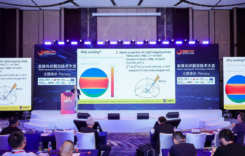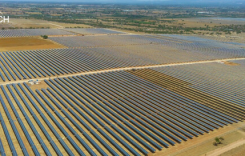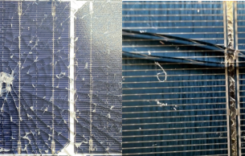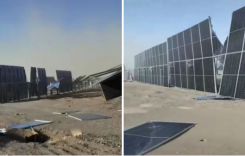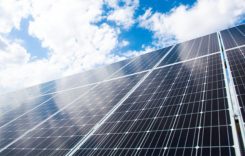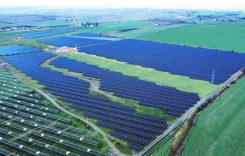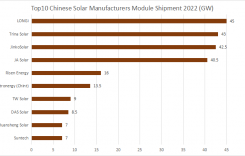PVTIME – On 29 October 2025, Mitsubishi Motors Corporation (hereafter referred to as “Mitsubishi Motors”) unveiled its Elevance luxury adventure concept car to the world at the opening of the 2025 Japan Mobility Show (JMS). Centred on the theme of ‘Timeless Adventure’, the vehicle is an electric crossover SUV equipped with a four-motor all-wheel drive system and S-AWC (Super All-Wheel Control) technology, as well as a plug-in hybrid (PHEV) powertrain. The engine is compatible with carbon-neutral fuels, delivering clean electric driving performance, and a large-capacity traction battery provides sufficient power for towing trailers, meeting diverse driving needs from urban commuting to off-road adventures.
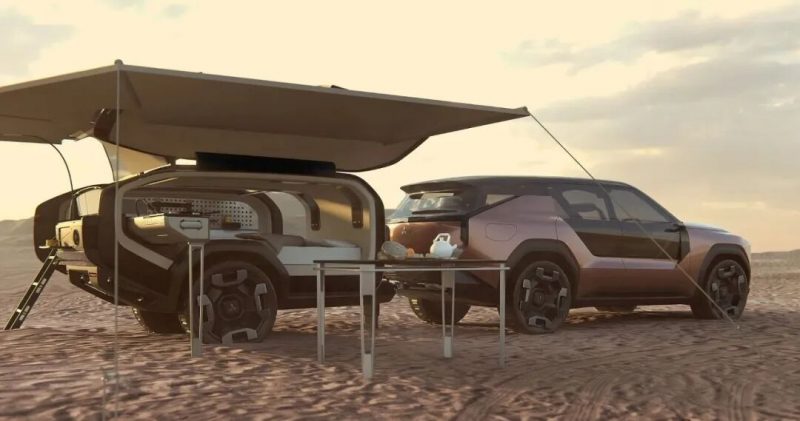
Minoru Uehara, General Manager of Mitsubishi’s Product Planning Division and leader of the Elevance project, explained the concept and name of the vehicle. He noted that, in recent years, Mitsubishi has consistently emphasised its commitment to providing a future mobility lifestyle that awakens the spirit of adventure and enriches the soul, a value embedded in the company’s operations. The term ‘Elevance’ is a newly created word combining ‘Elevate’, meaning to enhance experiences and values, and ‘Advance’, signifying technological progression and the future.
The Elevance targets the high-end crossover SUV segment, focusing on outdoor functionality. It stands out through its camping-specific configurations and four-motor all-wheel drive system. Mitsubishi has stressed its firm commitment to acting as a reliable partner for customers, delivering personalised experiences that will take their adventures to the next level.
The Elevance’s plug-in hybrid electric vehicle (PHEV) system integrates a gasoline engine that is compatible with carbon-neutral fuels, as well as four motors paired with the next-generation Super All-Wheel Control (S-AWC) system. The wheel-side motors on the front axle and the dual motors on the rear axle enable real-time four-wheel traction distribution. Meanwhile, active yaw control technology suppresses jolts and reduces the risk of motion sickness. Notably, the concept car can tow a trailer with a spacious interior fitted with a kitchen and shower facilities.
Both the Elevance and its trailer have perovskite solar cells on their roofs. These cells are more efficient than traditional solar cells, can be applied to curved surfaces, and support dual charging and discharging points, enhancing the efficiency of the PHEV system. Perovskite car-integrated photovoltaics (CIPV) are moving from technical potential to large-scale application as an innovative direction for new energy vehicle energy systems, supported by their unique prospects and the possibility of ‘energy self-sufficiency’.
Ouyang Minggao, a Member of the Chinese Academy of Sciences and Vice Chairman of the China EV100, previously stated that, compared to rigid crystalline silicon cells, transparent perovskite films can be applied across the entire vehicle body. This covers an area of up to 10 square metres — five times larger than crystalline silicon photovoltaics. He added that this technology could generate 6–8 kWh of electricity daily, sufficient to meet basic daily commuting needs. Perovskite solar cell films could therefore profoundly impact the structure of the new energy vehicle industry as an energy supplementary technology.

Scan the QR code to follow PVTIME official account on Wechat for latest news on PV+ES



